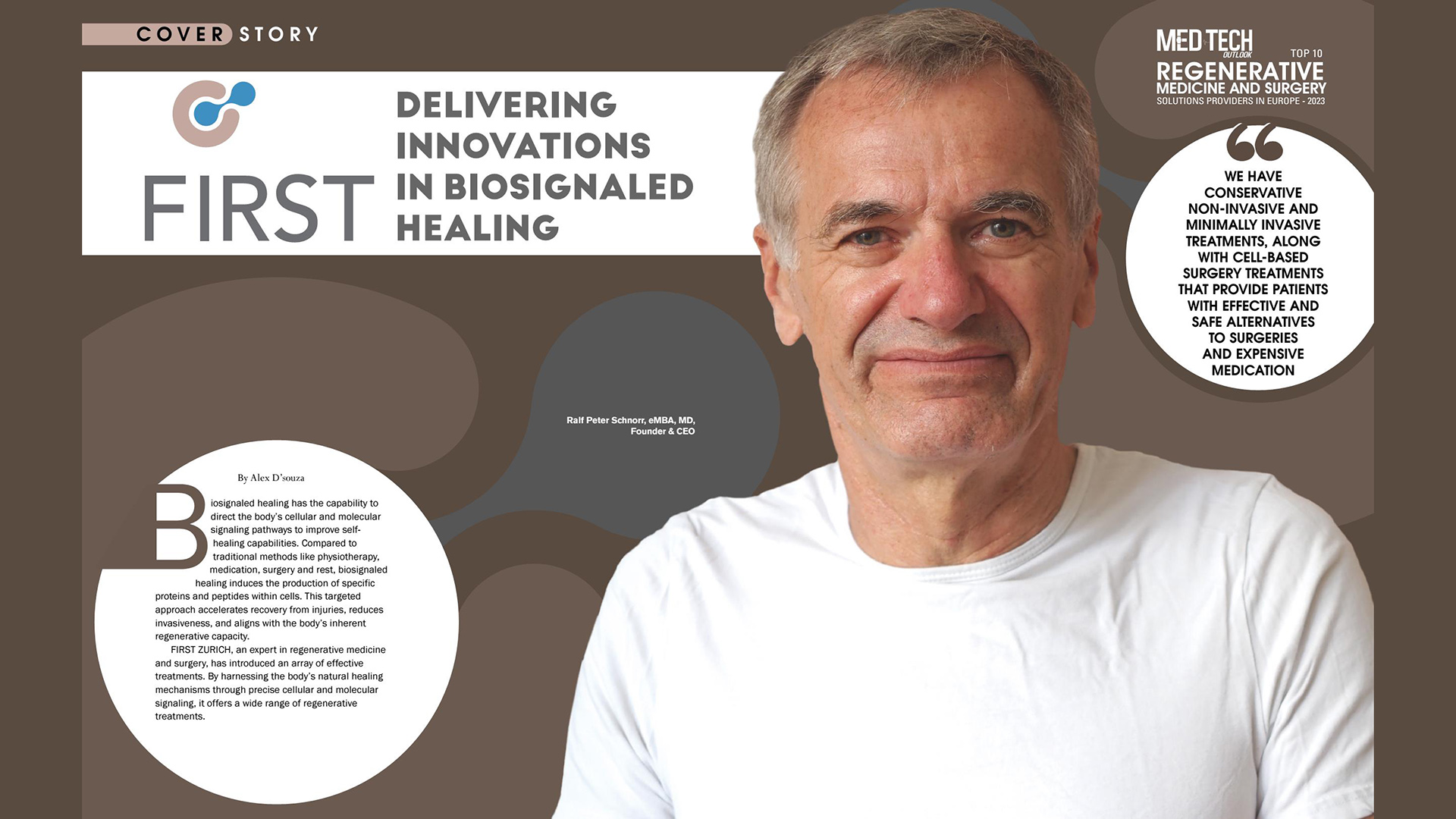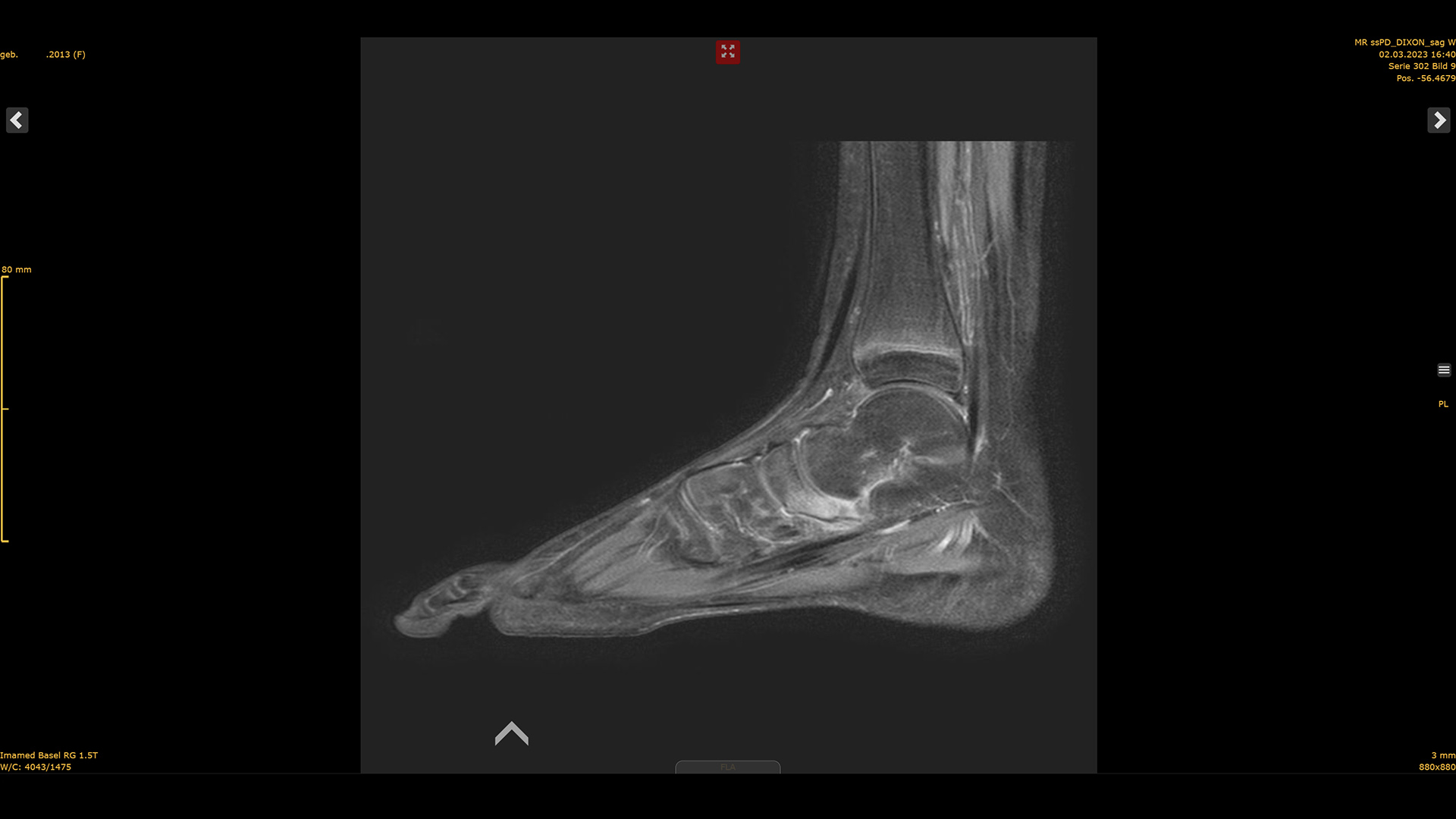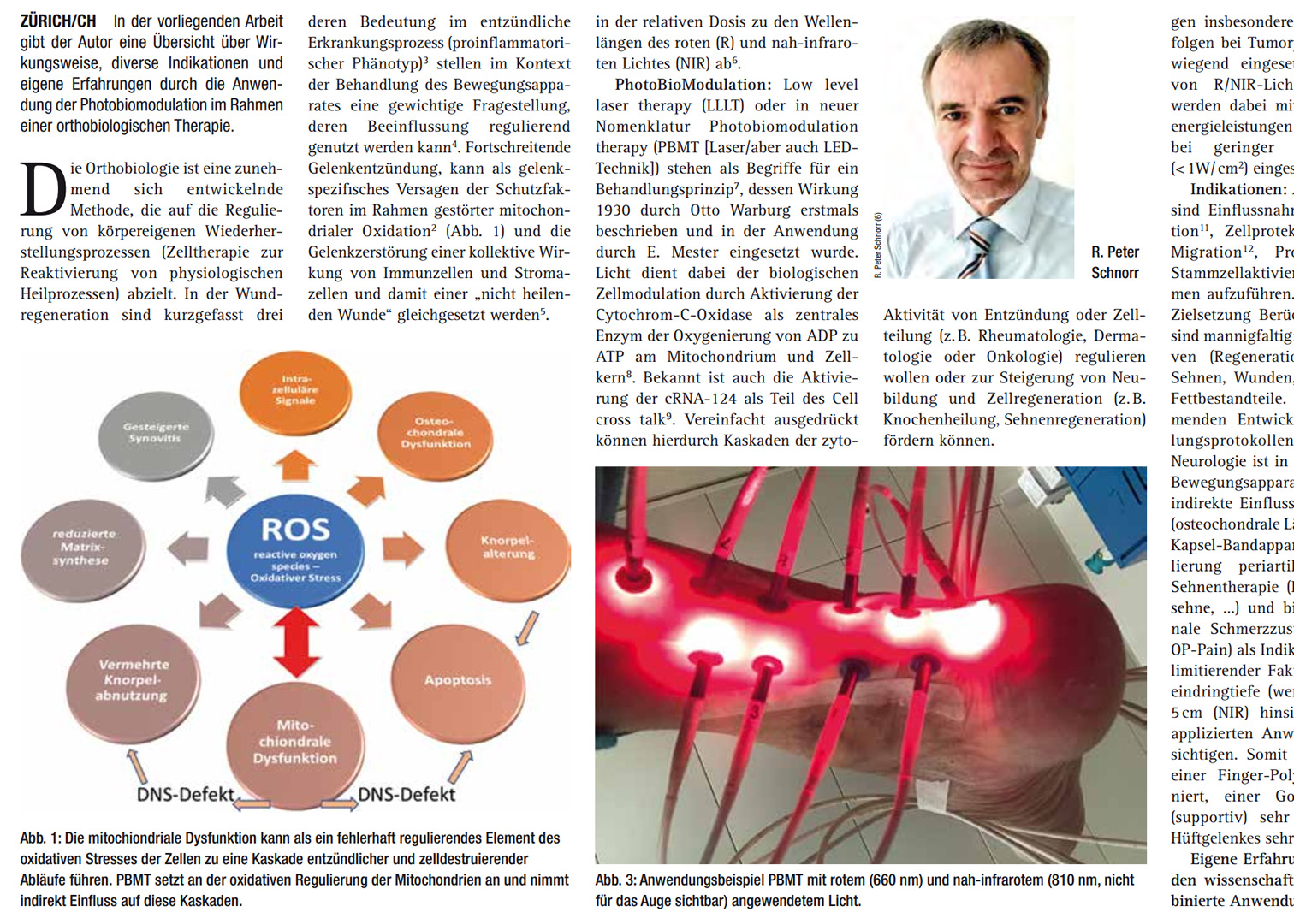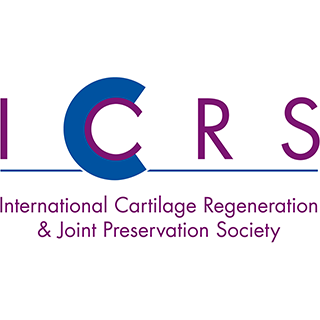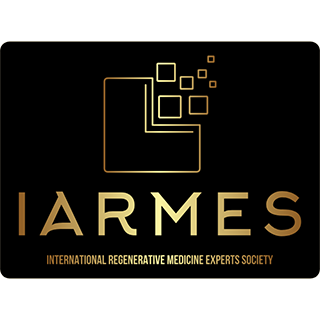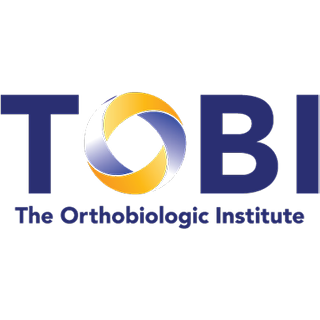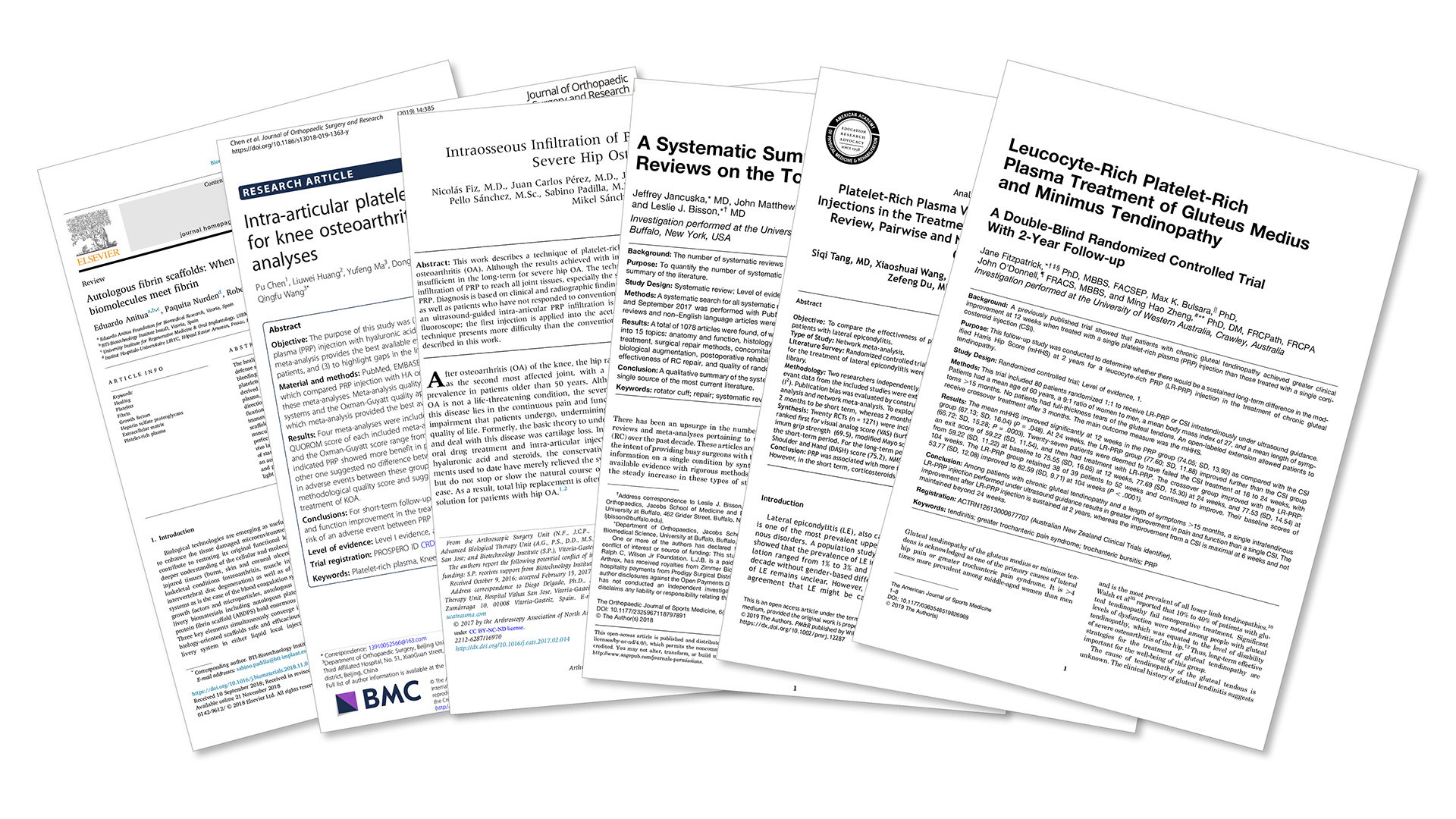
An info series on Dr. Ursus Lüthi and Dr. Peter Schnorr
Chronic back pain is one of the most common health problems, and one of the most expensive to deal with. Even with advances in diagnosis, the exact structure causing the pain – tendons, muscles, nerves, joints, or spinal discs – is usually not clearly pinpointed. It therefore comes as no surprise that there are still no compelling or lasting treatments available. This makes for a frustrating treatment process in many patients.
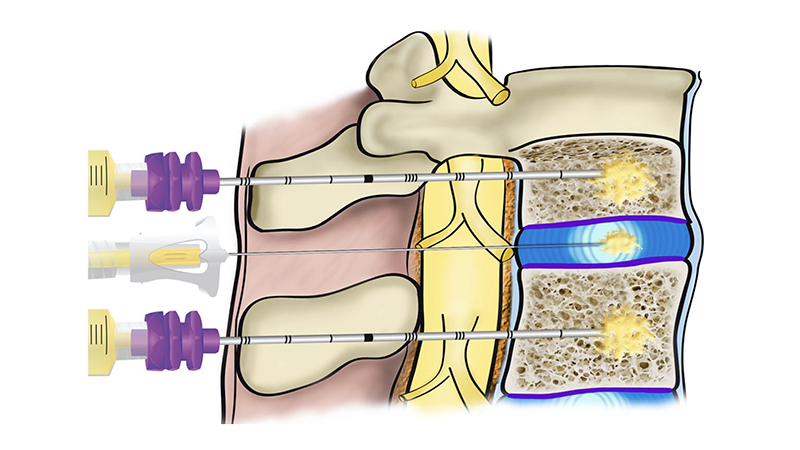
PRP is highly diverse in its mechanisms of action and is predestined for back pain treatment.
© BTI Biotechnology Institute
PRP predestined for treating back pain
PRP is extremely versatile in its mechanisms of action with the amplified biological signals in regenerative medicine predestined for treating back pain. Speciality conventions have seen encouraging results in repairing intervertebral disc cells and restoring their function, and in treating degenerative spine inflammation throughout the spine’s tissues. This involves enhancing fibroblast and osteoblast metabolism, reducing cell death, and stimulating neovascularisation.

Holistic therapy approach in PRP treatment: All the structures involved can be treated with extreme accuracy.
© FIRST
Benefiting from a holistic approach to therapy
One of the major benefits of PRP therapy is its holistic approach, which ensures that all the structures involved can be treated with extreme accuracy. The American Society of Pain Medicine drew up comprehensive guidelines (Navani 2019) to apply these interventional treatments. We closely follow these guidelines with conviction. The references quoted include statistical proof of efficacy for various potential applications:
PRP therapy is extremely low risk even when applied to the spine but has not yet been recognised by health insurance so patients will be required to cover part of the cost of treatment.
At this point, the next edition of our series on PRP technology and practice will be covering some cases where these methods have been successfully applied at FIRST.
Studies, metastudies and papers
We have collected a series of current studies we see as especially groundbreaking:

